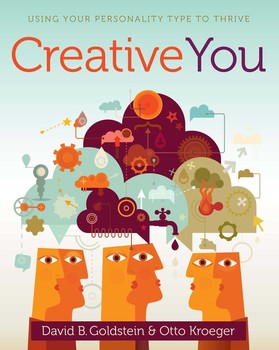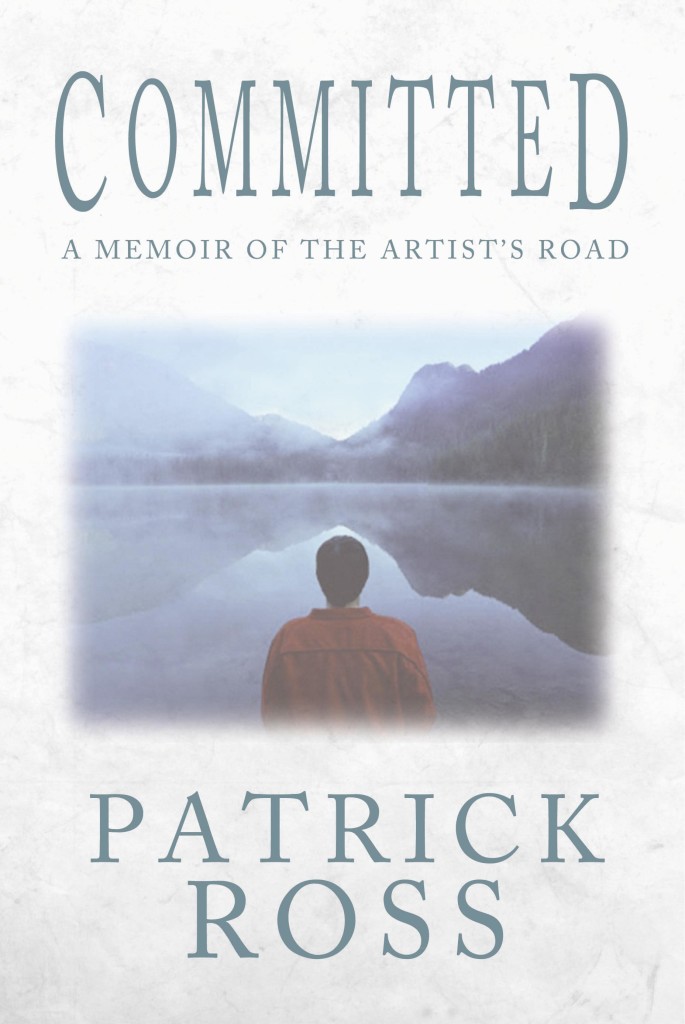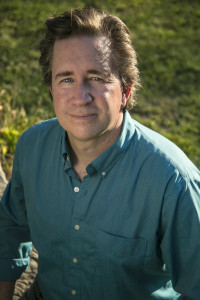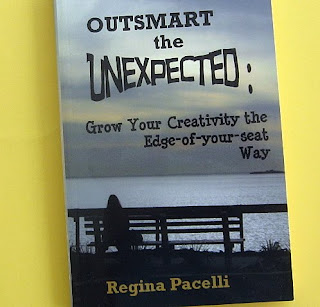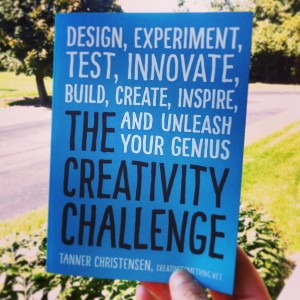 When I found out my online friend and fellow creative, Tanner Christensen had released a new book I immediately asked him to send me a copy to review. I’ve known Tanner probably as long as he has been blogging about creativity and sharing his insights with the rest of us who appreciate his pragmatic approach to inspiration. That’s what I love about him. He writes about creativity in a way that is practical. There is no magic wand or secret formula he has to share. He gives you a real perspective on what it’s like to create.
When I found out my online friend and fellow creative, Tanner Christensen had released a new book I immediately asked him to send me a copy to review. I’ve known Tanner probably as long as he has been blogging about creativity and sharing his insights with the rest of us who appreciate his pragmatic approach to inspiration. That’s what I love about him. He writes about creativity in a way that is practical. There is no magic wand or secret formula he has to share. He gives you a real perspective on what it’s like to create.
And The Creativity Challenge is no different. In it, he has compiled nearly 150 challenges to get you creating. Because, like I said before, Tanner is about the science of creativity and using proven methods to help you spark new ideas. Therefore, the challenges come in the following 5 types of problem solving techniques:
- Convergent is just like it sounds. These challenges require you to combine elements to come up with something new.
- Divergent requires the opposite of convergent thinking and asks you to deconstruct elements to see where they fit into a new solution.
- Lateral is likely the way we are all accustomed to solving problems. These challenges ask you to follow specific steps to the correct answer.
- Aesthetic is all about the visual. You will be required to use your visual senses to complete these challenges.
- Emergent is another style that most of us may be familiar with. Ever have a brilliant idea right before falling asleep sleep at night? That’s emergent thinking.
Each challenge has a brief introduction based on a piece of research or other proven example and is followed by an activity. Some of my favorite ones include finger paining a masterpiece of your emotions, exploring other cultures through food, movies or books and tuning into Mozart – believed to increase creative thinking.
What I love about this book is that it is very accessible. You can flip through and choose a challenge whenever you are feeling blocked or simply looking for inspiration and quickly complete it. Creativity builds on our previous experiences and successes so the more challenges you complete the more creatively empowered you will feel.
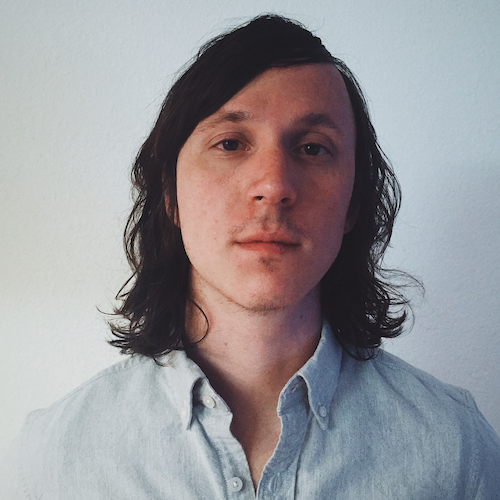 Q. Who should read The Creativity Challenge and why?
Q. Who should read The Creativity Challenge and why?
Tanner Christensen: The Creativity Challenge is a book for anyone who is willing to rattle their thinking in order to generate new ideas, explore their imagination, solve complex problems, and find new ways of entertaining themselves.
It sounds cliche and a little broad to say that, I know, but it’s true! The book was designed for anyone who finds themselves regularly stuck, either unable to spark that elusive genius of inspiration, in a daily routine, or behind some ambiguous creative block. Often times when we get stuck — in any of these types of situations — all we really need is a tiny push to see things from a different perspective, or to uncover the parts of our circumstance we weren’t otherwise paying attention to. Those little pushes toward creativity don’t have to be complex, but we get so wrapped up in our stuck-ness that we fail to see exactly how to shake ourselves free. With The Creativity Challenge I wanted to give more than 100 fun activities anyone could do to push themselves a little bit outside of their regular way of thinking in order to see what’s out there in the world, what they’re capable of.
But more than anything, I wanted the book for myself. Even after researching and writing on creativity for more than eight years, I get stuck all the time. And it sucks. But I know I don’t have to remain stuck, and the challenges in this book help remind me of that fact.
Q. What does a typical day look like for you? How do you get inspired?
Tanner Christensen: Most days are overwhelmingly the same for me, but that’s not to say they aren’t without their little surprises or inspirations. I wake up every weekday fairly early, around 5 am, to make time for the gym. Exercise makes me feel good and gives me a little momentum in the morning for what comes next. And what comes next is catching up on everything I need to get done that day.
I’m a full time designer at Facebook, so much of my time is spent collaborating with content strategists, product managers, engineers, and fellow designers to carefully craft products for millions of people. A lot of my day is also spent chatting with friends, which involves everything from planning out episodes for my podcast (Creative Something Podcast), catching up with old friends, or helping brainstorm ideas with a few peers I like to mentor. All of this chatting typically sparks some memory, emotion, or thought in me that feels almost overwhelming. In these moments I’ll feel drawn to write down whatever it is I’m thinking or feeling, and I’ll do that either by making a quick draft in Tumblr for my blog (creativesomething.net) or by using my app Prompts on my phone.
At the end of the day I like to come home and relax for a minute before reviewing code for updates to the apps I’ve created, read a book (I just finished reading We Learn Nothing by Tim Kreider and highly recommend it), flush out some of my writing from earlier in the day, and after dinner I’ll make time to research and try to write a draft for my blog.
It sounds like a lot, but much of my time is really spent simply thinking and trying to sort through my thoughts. I find that giving myself a few minutes throughout the day to simply sit and ruminate is the most rewarding thing I can do, not only because it helps me destress and make sense of the sometimes chaotic days, but it also tends to leave me feeling inspired and motivated.
Q. What’s one takeaway you’d like to see readers come away with after reading The Creativity Challenge?
Tanner Christensen: The one takeaway I hope The Creativity Challenge conveys is that, while creative thinking can sometimes be challenging, there’s always something small we can do for a big impact. Whether it’s a change in perspective, trying something new, or seeking out help, creative insights are always accessible if you make a small move to reach them.
Meet Tanner and connect with him!
Tanner Christensen is a creativity expert, author of The Creativity Challenge, a web developer, entrepreneur, designer at Facebook, and part-time artist.
He started blogging in 2008 with the goal of researching and sharing answers to the question: How can we better understand our creativity in order to do more with it?
After more than seven years of researching, writing, and sharing creative ideas and inspiration, more than 100,000 people subscribe to Creative Something and more than 50,000 people visit the blog every month.
